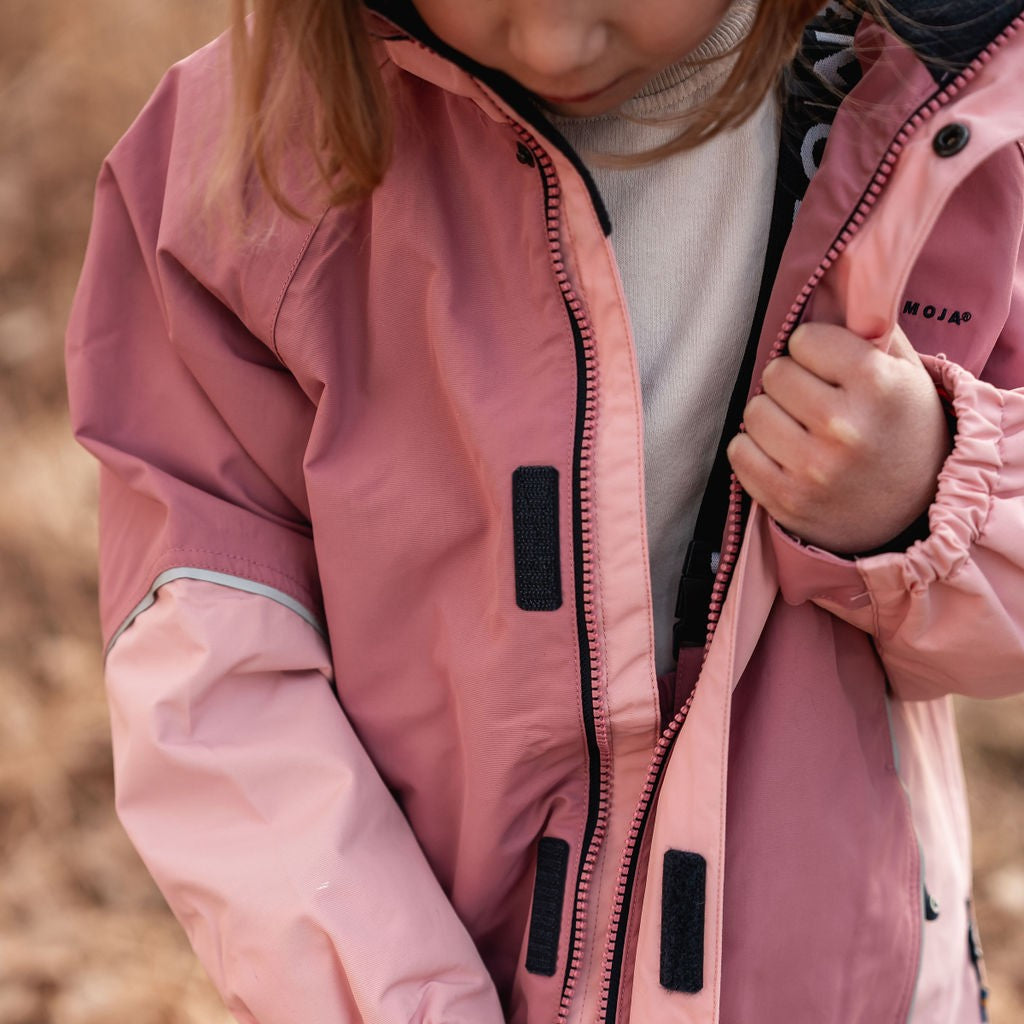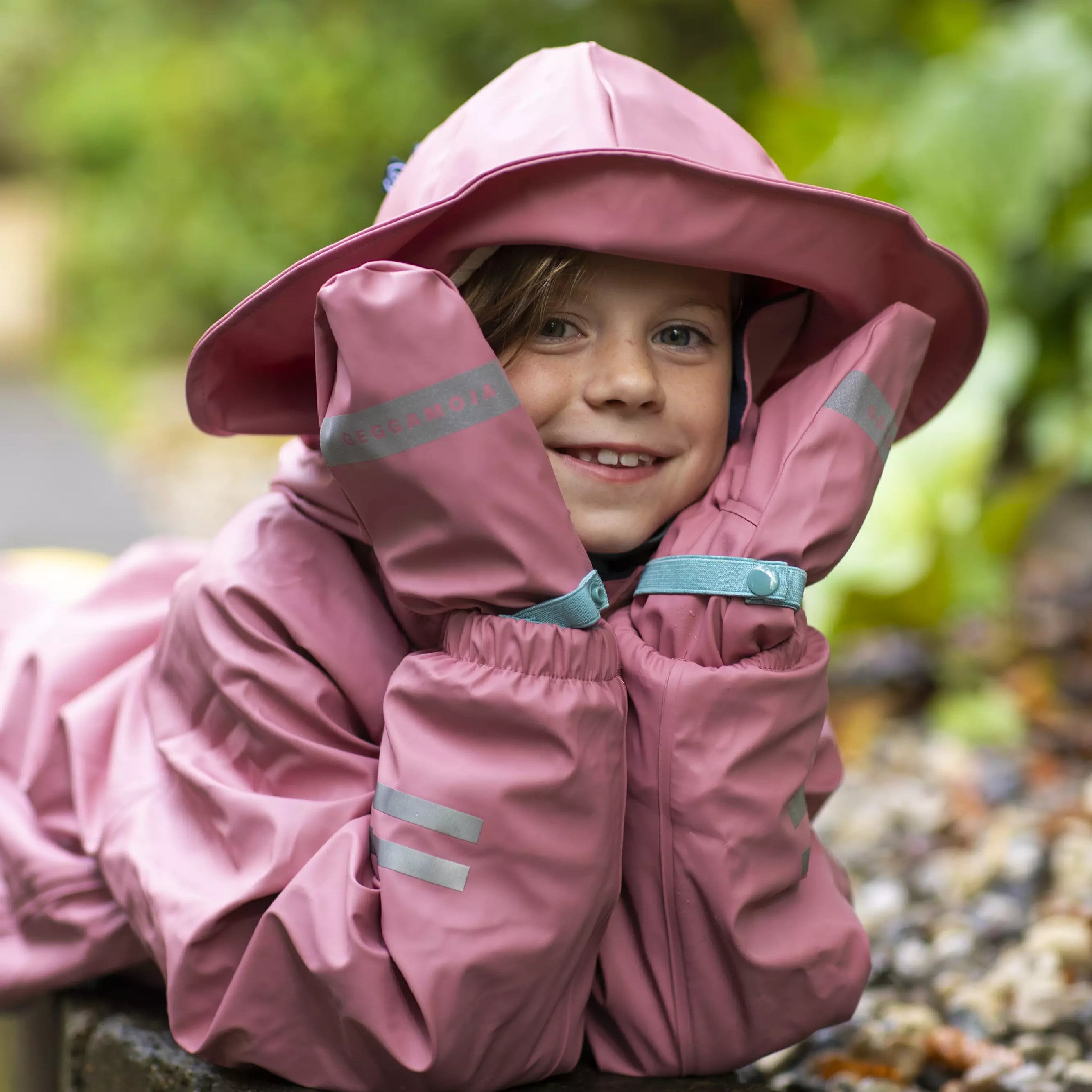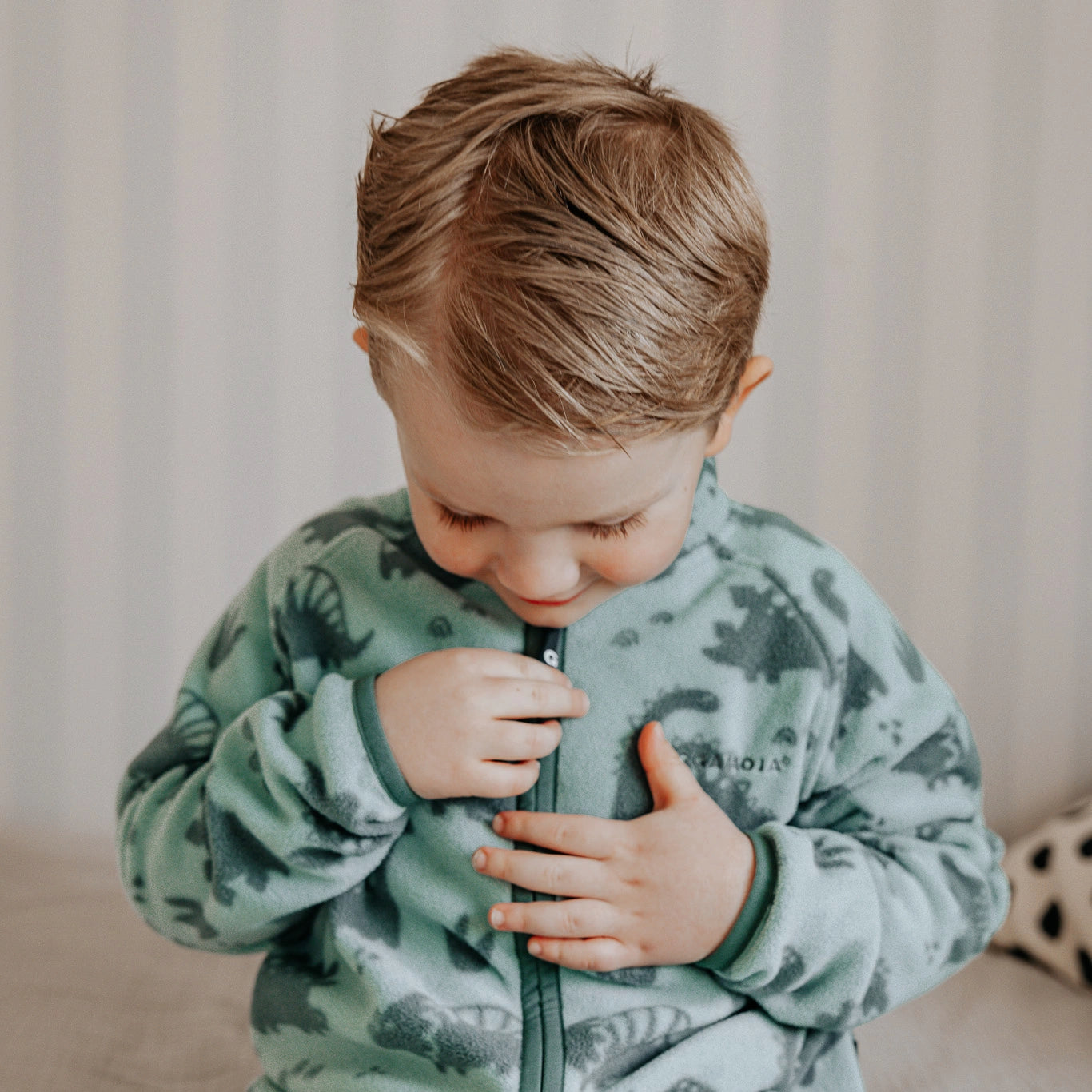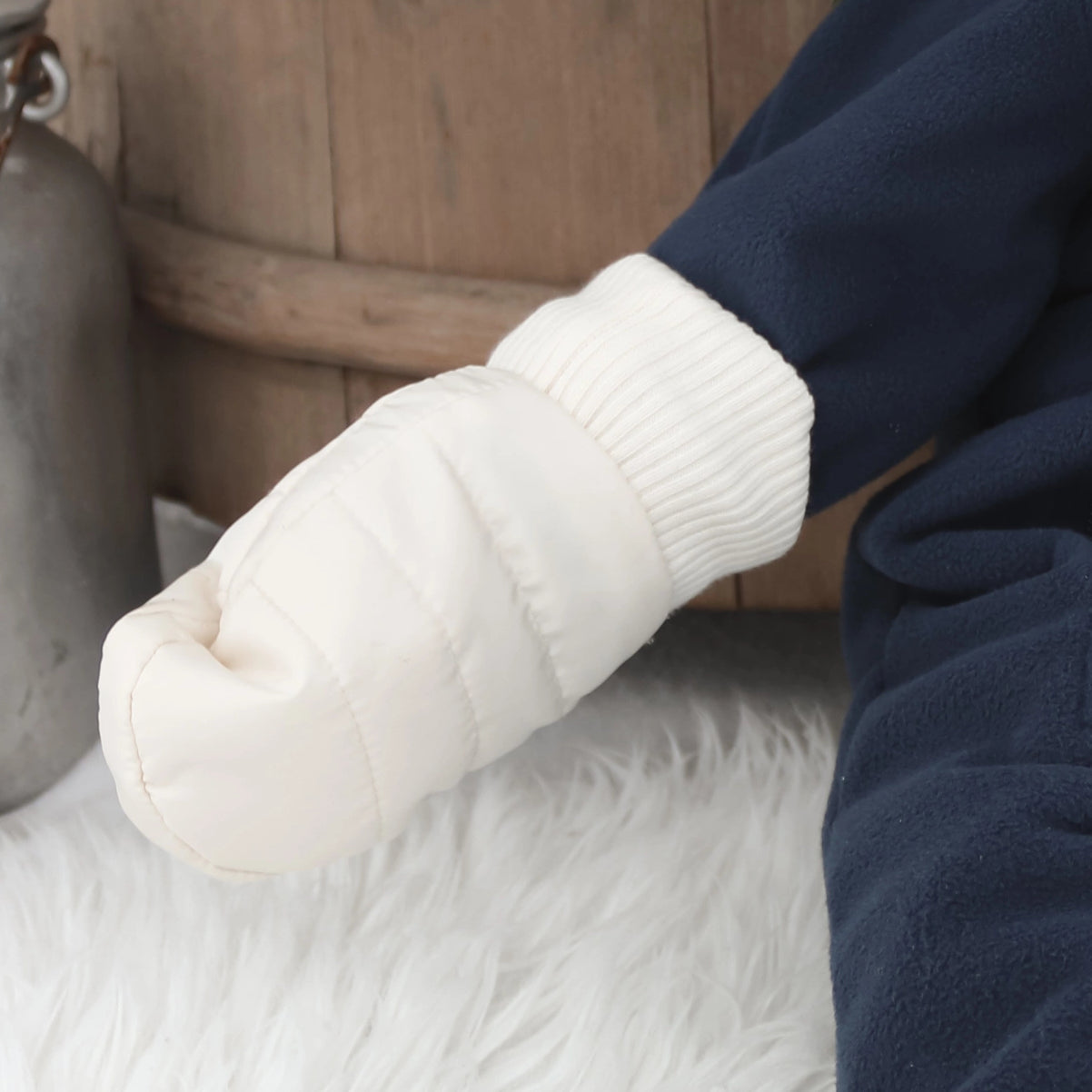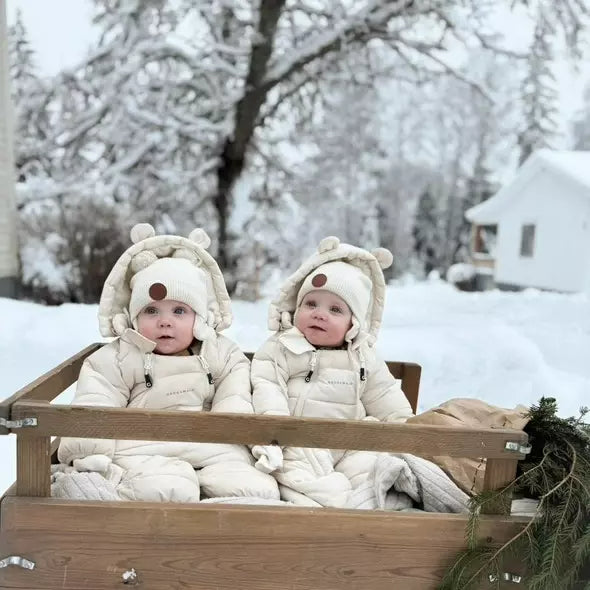If you dress your child according to the layer-by-layer principle, also called the 3-layer principle, you and your little one are always ready for playful adventures. The child will be warm during the coldest winter days, but also cool in the spring warmth because the child can easily open a garment or remove a layer. Here we explain what the layer-by-layer principle means and why we, like many others, consider it the best way to dress your child during cold days.
Layer 1
Closest to the body, the child should wear a garment that is warm and comfortable. At the beginning of the season, it can be bamboo clothes, but when it gets colder, wool is a good choice. Wool keeps warm even if it gets damp or wet.
When you buy wool clothes, you want them to be mulesing-free, which means ethical animal husbandry. Our wool clothes are Öko-Tex certified.
Why should you use wool clothes?
Temperature regulating
Soft on the skin
Does not smell
Does not need to be washed often
Free from chemicals
Layer 2
When Layer 1 is dressed, it's time for the middle layer - layer 2. A fleece set or a wind fleece jacket is a perfect middle layer. Fleece is a garment that warms and keeps your child dry. Fleece is made of recycled polyester, which comes from recycled plastic bottles and leftover materials from textile production.
Fleece clothes come in several different varieties:
Thinner fleece - is easiest to adapt to, for example, shell clothes and winter clothes.
Wind fleece - also resists wind if you want to use it as a jacket in spring and autumn. But it warms just as well under a shell jacket.
Teddy Pile fleece - is a thicker fleece that is super cozy as a jacket during autumn, it resists wind better than classic fleece garments.
Stretch fleece - is for all active children who don't want to be restricted in movement. Smooth outside and brushed inside.
Layer 3
After layers 1 & 2, it's time for layer 3. A shell garment is both wind- and waterproof while also breathable, making it a perfect garment for layer 3. When you buy a shell jacket and shell pants, terms like water column and breathability are used. Water column is a measure expressed in mm and shows how much moisture a garment can withstand before it gets wet. A garment with 5000 mm is moderately water-resistant, while a garment with 10,000 mm or more handles water very well. Geggamojas shell clothes have 15,000 mm and resist moisture very well; additionally, our shell clothes also have taped seams for the best function and quality. A shell garment can be used year-round and is an important investment for the children's wardrobe.
How do you adjust layer 3 according to the weather?
Shell clothes - Wind and light rain
Rainwear - For more persistent rain or lots of puddles
Winter clothes - For chilly temperatures
In our range, there are pants and jackets for slightly older children. For the smallest ones, we instead have a practical overall that doesn't gap or ride up.
All outerwear is treated with Bionic Finish Eco, the most environmentally friendly treatment on the market.


